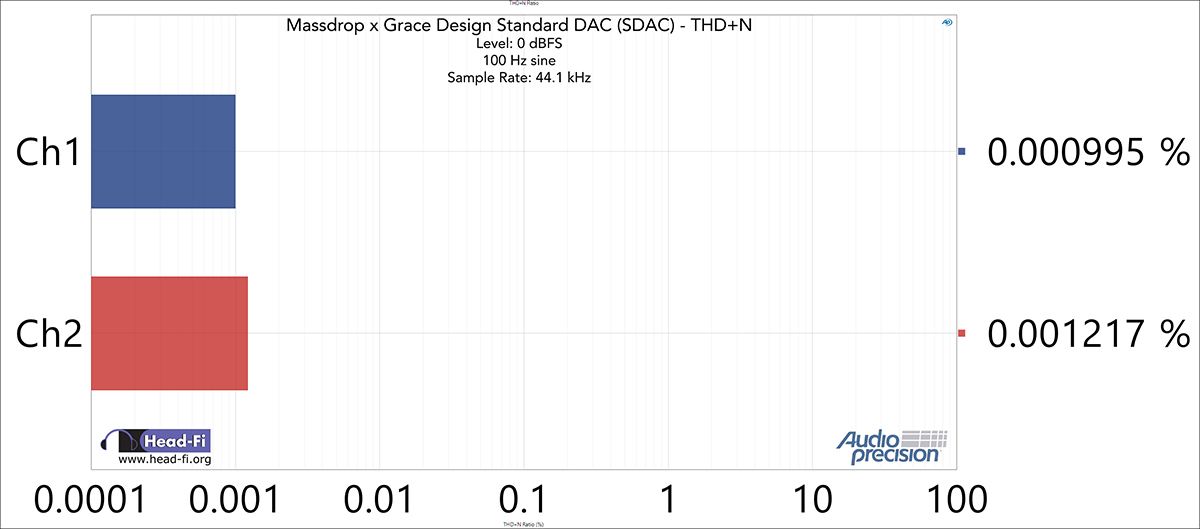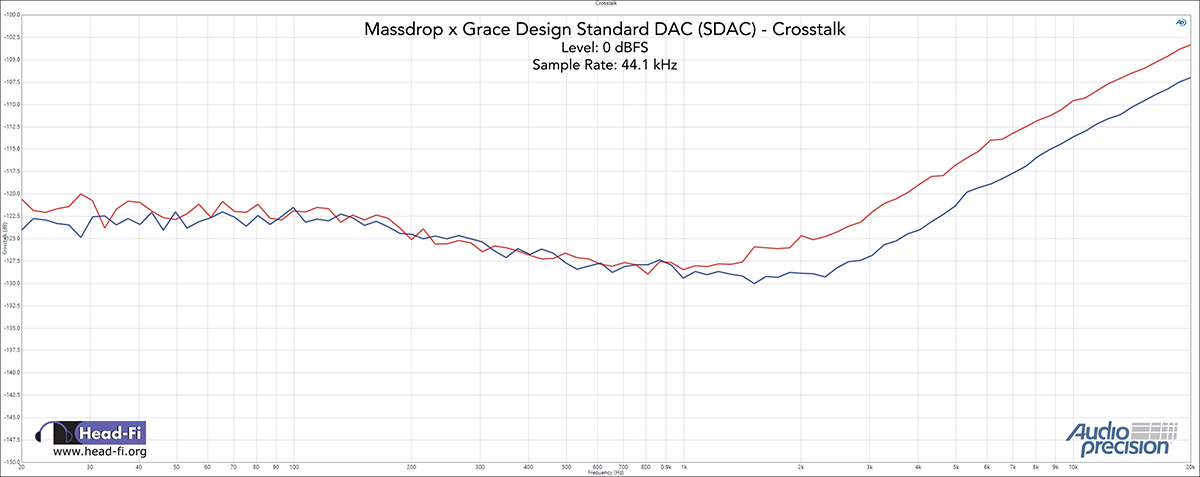WilliamLeonhart
Headphoneus Supremus
Didn't see that the post before mine was of such fierce speculation, but as someone who has always been proud to have one or two amp/dacs in the budget line - and as someone who knows a tiny bit about making stuffs, I'd like to offer my 2 cents.Wait, who else is offering $80 DACs backed by an engineering pedigree on par with Grace Design? You make it sound like they're everywhere. Please name a few.
Me? I don't see much out there, aside from random no-name eBay stuff straight from China. Schiit has some nice budget stuff, and the Audioquest Dragonfly series is worth a look. Other than that, the Cambridge DacMagic XS is $129, the Audioengine D3 is $189, iFi Nano iOne is $199, and it just climbs from there.
First of all, we listen with our ears. I know I listen with mine. So while most of the budget amp/DACs IMO offer somewhat similar sound quality that many people perceive as better than your laptop/phone's output, it's not always the case.
In the < $150 line, I've come to regard the ODAC as the golden standard. I've not found anything noticeably better than the ODAC under $200. Hell, I prefer the ODAC than most prominent budget DACs. The Schiit Modi 2 was, let's say 90% identical, but listening very closely, I think it's got less clarity than the ODAC. The fulla was a disappointment. The Dacport line doesn't sound that different from iPods, the Audioengine D1 won't offer anything better than normal headphone jacks with your mp3 and your aa3 (it does sound better with FLAC). The iDSD Nano is ok too, the only plus point is that it can play DSD. The only budget DAC that I consider a true competitor to the ODAC is the Dragonfly, but in the end, we're back at the same place: it's never a noticeable difference in this price range.
So about years ago I was perfectly OK with my budget DAC/amp. Which explains why I'm in this thread: I got lent a m9xx by a friend and I was blown away. Before that, I had thought most DACs sound the same, I had found that the things that have the same DAC chip as those hundreds-dollar ones would not improve my listening experiences. But no, the m9xx brought a night-and-day improvement over the Modi 2.
If my memory serves, they both use the same DAC chip. Yet, thanks to my limited knowledge in making stuffs, I'm pretty sure that the DAC chip only play a part in determining how a DAC sound. Take one of the m9xx's top competitor, the iDSD for example: it uses dual Burr-Brown chips, and it's no way warm or dark. The m9xx use AKM, and while it's smooth, it's still more neutral than the other AKM DACs that I know.
Case in point: the Aune S16, my present DAC because I need a smoother DAC for my cheesy oldie music - which also turns out to be a slightly cheaper with much crappier amp section, the Aune S16. But the m9xx was and has always been special to me. In terms of sound signature, I'd take it over the Hugo (which I owned) and the Woo WA7 any day.
The best thing is the m9xx costs only $500. It's the "mini, streamlined" version of the m920, which costs the same as the Hugo and the WA7. So on the one hand, the m9xx made me realize money can buy a happy listening experience. On the other hand, it reaffirms my belief that in this audio world, something still costs much less than it should.
Which I hope would happen again with the SDAC really soon. I hope it can comfortably compete with $200, $300 DACs. I hope it can change my very strong opinion about the typical "budget" DACs.
Anyway, I'm sorry for this lengthy rant, but it's not every day that I get to burst into proclaiming my love for Grace. (They're even based in Colorado. I f*cking love Colorado).
Last edited:












































































